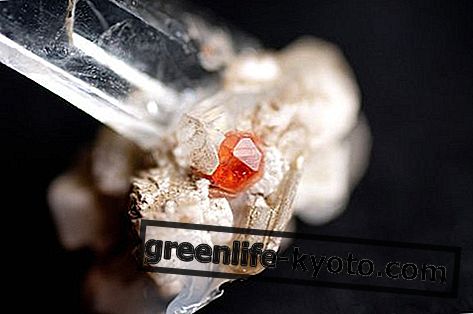
Since birth, our body has to balance many body values (temperature, blood sugar, weight, mass, etc.) but there is a value that is not very considered but of great importance.
It is the Ph, the unit of measurement that helps us assess the acidity or alkalinity of a given element. Every system, organ or apparatus has its own specific Ph which indicates a balance or an imbalance.
The measurement scale of the Ph goes from 0 to 14, where 0 indicates the maximum degree of acidity and 14 indicates the maximum alkalinity.
The body needs a value between 7.35 and 7.45 to perform its multiple functions. In this band the blood can flow optimally, nourish the cells and keep the organism clean from waste.
How to measure the Ph
To measure our Ph, urine is the most convenient and fastest means. Controlling and monitoring one's Ph is certainly a good habit, even to assess one's health.
To do this, simply use a simple litmus paper that can be purchased in a pharmacy or herbalist's shop. The urine is collected in a small glass, the litmus paper is dipped and after a few minutes compare the color that appears with the chromatic scale that is usually found in the package.
The advice is to repeat this procedure for 3 consecutive days, 3 times a day. Once in the morning, once in the afternoon and once in the evening. Physiologically our Ph, according to the moments of the day changes ... for example in the morning as soon as you wake up it is normal that our Ph is more acid (5.5 - 6).
Causes of ph variation
A factor that contributes to the variation of the Ph is certainly the power supply . If we often eat large quantities of acidifying foods our body will tend to acidify. If this state of acidification occurs for too long, it is called hyperacidosis .
Although few talk about it, this state occurs much more often than people think, because the main causes are poor nutrition, stress, negative attitude, the use of drugs or antibiotics and excessive sporting activity.
The typical symptoms of a hyperacidosis can be cramps, muscle stiffness, excessive sweating, reflux, intestinal irregularities, general inflammation, toothache, headache, etc.
As we can see the state of acidity establishes real pathologies!
To correct and rebalance our Ph we need little precautions from the food point of view and to integrate the use of citrates. There are many food supplements on the market that help our acid-base balance .
In the following chapters we will get to know what to eat and how to keep our Ph in balance.













